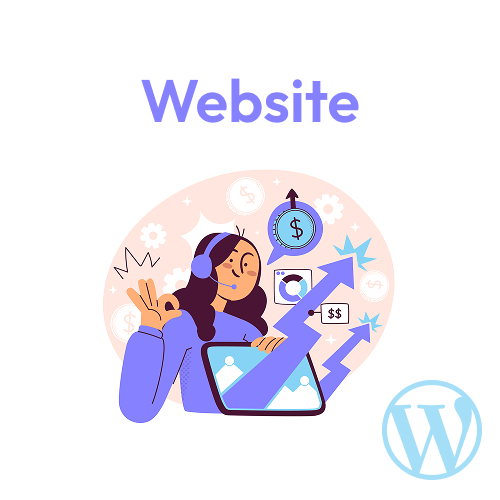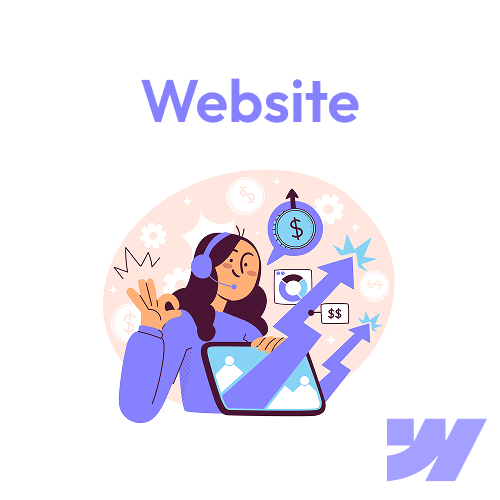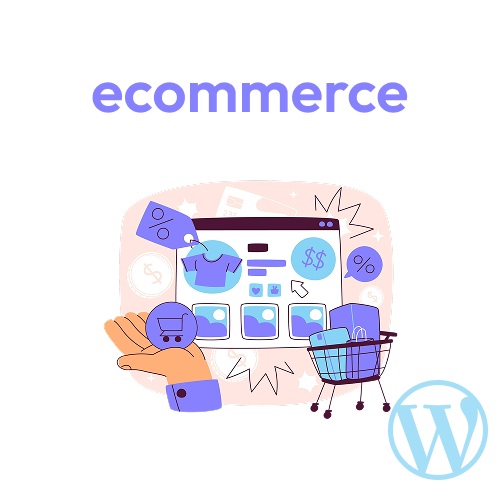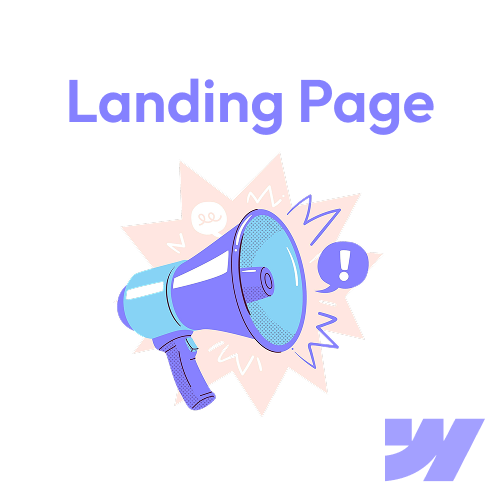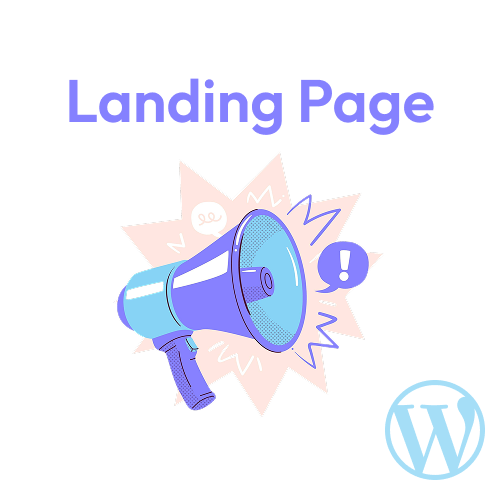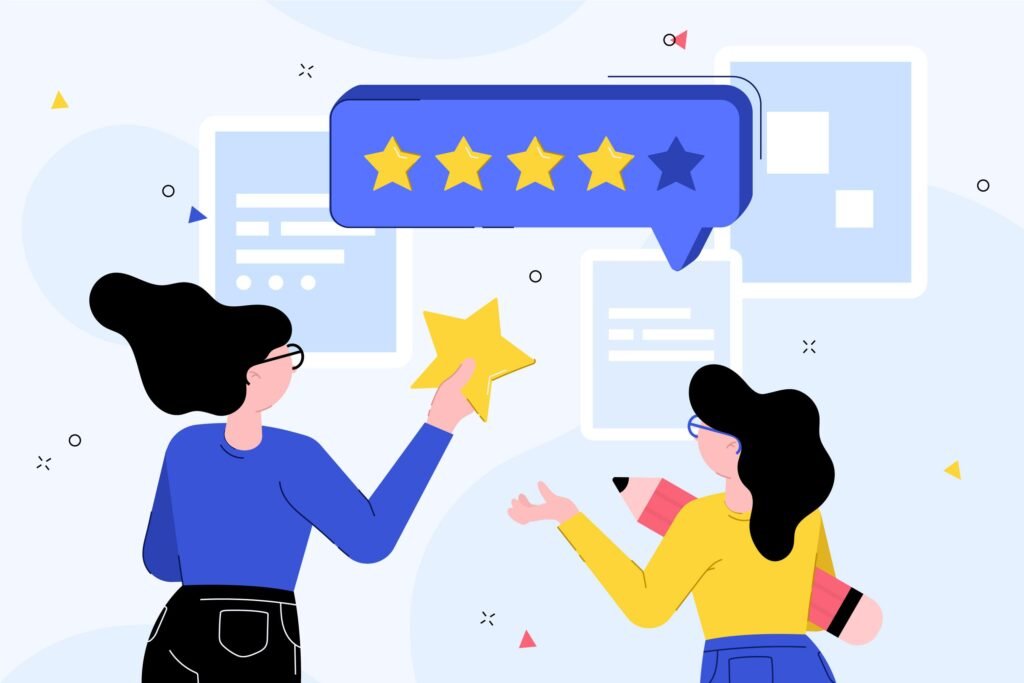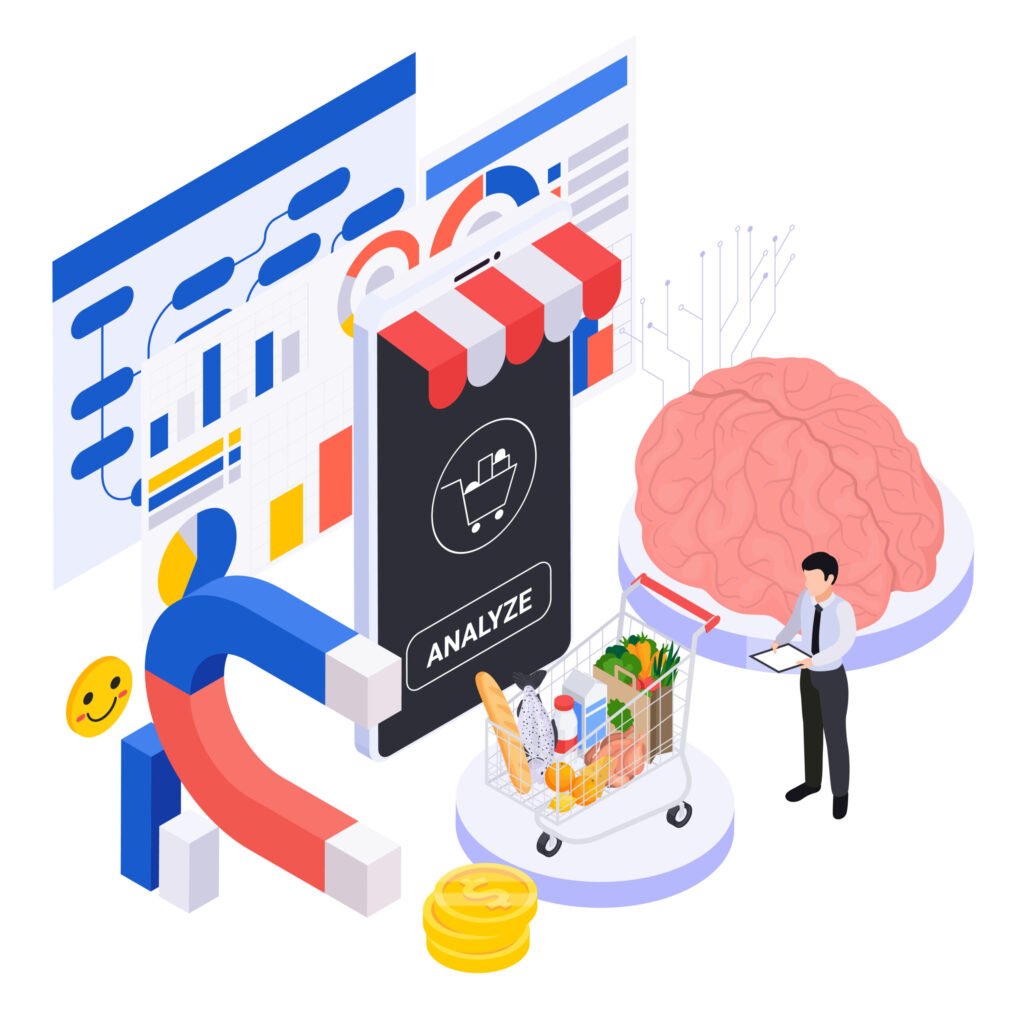In the world of digital marketing, a landing page is your most powerful conversion tool. It’s a targeted, focused web page designed for a single objective. But not all landing pages are created equal. Using the wrong type can confuse visitors and kill your conversion rates.
As a web design studio, we know that choosing the right landing page structure is crucial for campaign success. In this guide, we’ll break down the 10 most effective types of landing pages and exactly when to use each one to maximize your results.
1. The Lead Generation Page
- What it is: The classic landing page. Its sole purpose is to capture visitor information (like an email address) in exchange for a valuable offer.
- Key Elements: A compelling headline, clear value proposition, a form (often just name and email), and a strong call-to-action (CTA) button.
- When to Use It: Perfect for building your email list by offering lead magnets like ebooks, whitepapers, webinars, or discount codes.
- Pro Tip: The offer must be valuable enough to justify giving up personal data. The simpler the form, the higher the conversion rate.
2. The Click-Through Page
- What it is: This page is designed to persuade visitors to click through to another page, typically a product page or checkout.
- Key Elements: Strong benefits-driven copy, social proof (testimonials, logos), multiple CTAs, and engaging visuals.
- When to Use It: Ideal for warming up cold traffic from ads before sending them to a high-commitment sales page. It builds desire and trust first.
3. The “Squeeze” Page
- What it is: An ultra-minimalist, high-pressure version of a lead gen page. It offers one thing and gives the user only two choices: convert or leave.
- Key Elements: Extremely simplified design, a huge benefit-driven headline, an email field, a submit button, and often a closing browser popup.
- When to Use It: Best for paid advertising campaigns where you’re paying for each click and need to maximize conversion efficiency. Use sparingly, as it can feel aggressive.
4. The Product Details Page
- What it is: A page focused on selling a single product. It goes much deeper than a standard product page on an eCommerce site.
- Key Elements: High-quality images/videos, detailed features and benefits, social proof, guarantees, and a prominent “Add to Cart” or “Buy Now” CTA.
- When to Use It: When running PPC campaigns for a specific product. It prevents distraction by removing navigation and focusing on the single purchase decision.
5. The Long-Form Sales Page
- What it is: A comprehensive, copy-heavy page designed to overcome every single objection a prospect might have about a high-ticket item or complex service.
- Key Elements: Engaging storytelling, detailed explanations of benefits, massive social proof (case studies, testimonials), FAQs, and a strong guarantee.
- When to Use It: For selling expensive courses, coaching programs, SaaS subscriptions, or B2B services that require a considered purchase.
6. The Coming Soon / Launch Page
- What it is: A page designed to build hype and capture interest before a product, service, or website is officially released.
- Key Elements: A clear announcement of what’s coming, a countdown timer, and an email signup form for early access or notifications.
- When to Use It: To validate a product idea and build an audience of eager buyers before you even launch, ensuring a strong Day 1.
7. The Thank You / Confirmation Page
- What it is: The page a user sees after completing a desired action (e.g., signing up or making a purchase).
- Key Elements: A clear confirmation message, delivery details, and a strategic secondary CTA.
- When to Use It: Always. This is a prime opportunity for upselling, sharing social media links, or delivering the promised content. It’s a page with 100% converted traffic—use it wisely!
8. The Webinar Registration Page
- What it is: A dedicated page for promoting and signing people up for a live or automated webinar.
- Key Elements: A compelling video trailer, key takeaways/agenda, presenter bios, social proof, and a clear registration form.
- When to Use It: To generate high-quality leads for a service or complex product by providing immense value upfront through a webinar.
9. The Event Registration Page
- What it is: Similar to a webinar page but for in-person or virtual conferences, workshops, or meetups.
- Key Elements: Event details (date, time, location, speakers), agenda, ticket tiers/pricing, and a registration form.
- When to Use It: For promoting any event where you need a clear RSVP or ticket purchase.
10. The 404 Error Page
- What it is: The page users see when they follow a broken link.
- Key Elements: A friendly, humorous, or helpful message, a search bar, and links to popular site sections.
- When to Use It: On every website. A well-designed 404 page can turn a frustrating dead-end into a navigational opportunity, reducing bounce rates from errors.
Need a High-Converting Landing Page?
Crafting the right type of landing page is a strategic decision that blends marketing psychology with expert design. Whether you need a simple lead capture page or a complex, long-form sales funnel, our studio specializes in building beautiful, high-converting landing pages tailored to your specific campaign goals.
🚀 Ready to turn visitors into customers? Let’s talk about building a landing page that delivers real ROI.
